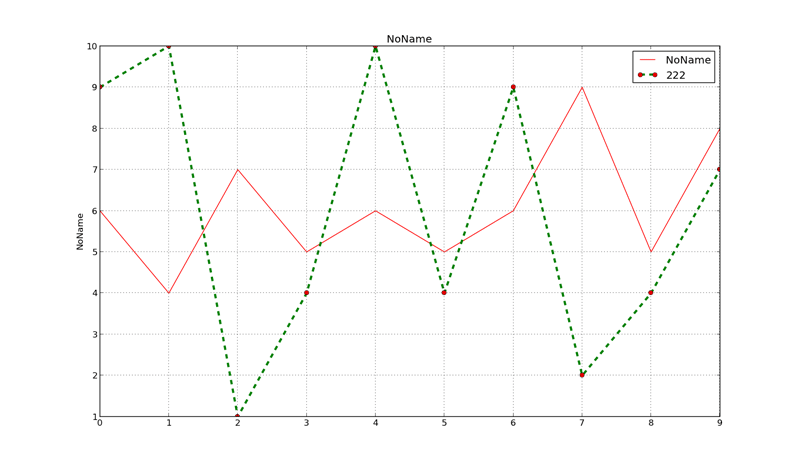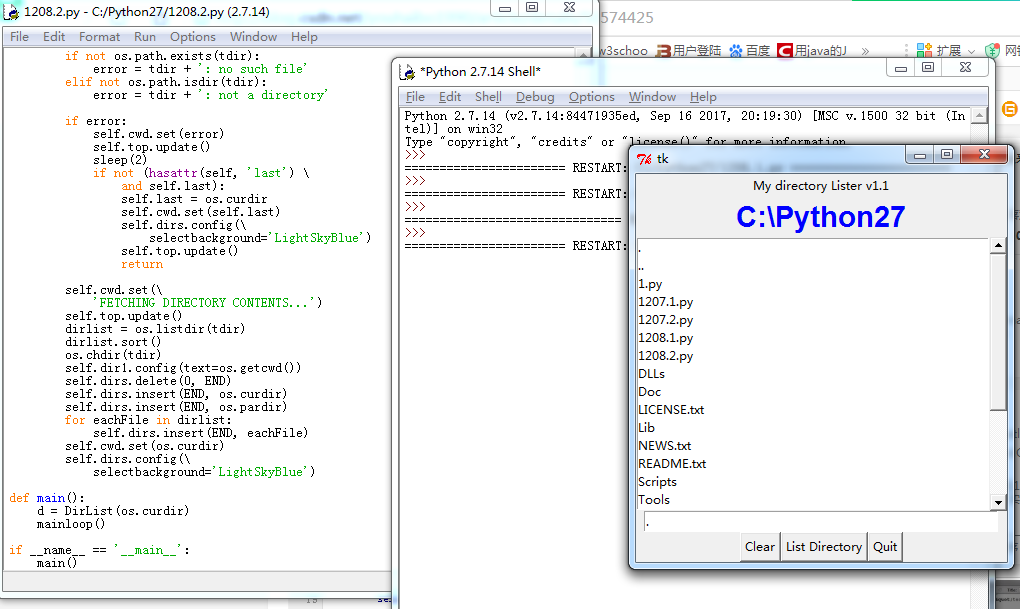用python与文件进行交互的方法
本文介绍了用python与文件进行交互的方法,分享给大家,具体如下:
一.文件处理
1.介绍
计算机系统:计算机硬件,操作系统,应用程序
应用程序无法直接操作硬件,通过操作系统来操作文件,进而读/写硬件中的文件。
python打开文件过程:
#打开
f=open('a.txt','r')
#通过句柄对文件进行操作
read_f=f.read()
#关闭文件
f.close()
with open('a.txt','r') as f: #不需要关闭
f.close() #回收操作系统打开的文件 del f #回收应用程序级的变量
2.打开文件的模式
a.打开文本文件
#r,只读模式【默认模式,文件必须存在,不存在则抛出异常】
f=open('a.txt',encoding='utf-8')
data1=f.read()
print(f.readline(),end='')
print(f.readlines())
#w,只写模式【不可读;不存在则创建;存在则清空内容】
f=open('a.txt','w',encoding='utf-8')
f.write('werf')
#a,只追加写模式【不可读;不存在则创建;存在则只追加内容】
f=open('a.txt','a',encoding='utf-8')
f.write('werf\n')
b.对于非文本文件,只能使用b模式,"b"表示以字节的方式操作(而所有文件也都是以字节的形式存储的,使用这种模式无需考虑文本文件的字符编码、图片文件的jgp格式、视频文件的avi格式
with open('1.jpg','rb') as f_read:
data=f_read.read()
print(data)
with open('a.txt','rb') as f_read:
data=f_read.read().decode('utf-8') #解码
print(data)
with open('a.txt','wb')as f_write:
f_write.write('adsf'.encode('utf-8'))
'''
练习,利用b模式,编写一个cp工具,要求如下:
1. 既可以拷贝文本又可以拷贝视频,图片等文件
2. 用户一旦参数错误,打印命令的正确使用方法,如usage: cp source_file target_file
'''
import sys
if len(sys.argv)!=3:
print('usage:cp source_file target_file')
sys.exit()
source_file,target_file=sys.argv[1],sys.argv[2]
print()
with open(source_file,'rb')as f_read,open(target_file,'wb')as f_write:
for line in f_read:
f_write.write(line)
3.文件内光标的移动
#以文本模式读文件,n代表的是字符的个数
with open('a.txt','r')as f_read:
data=f_read.read(6)
print(data)
#以b模式读文件,n代表的是字节的个数
with open('a.txt','rb')as f_read:
data=f_read.read(6)
print(data)
# tell:告诉当前光标的位置
with open('a.txt','r',encoding='utf-8')as f_read:
data=f_read.read(4)
data1=f_read.tell()
print(data,data1)
# seek:移动光标(0:文件开头默认;1:文件当前光标;2:文件末尾)
with open('a.txt', 'r', encoding='utf-8')as f_read:
data = f_read.seek(3)
data1 = f_read.read()
print(data, data1)
# 实现tail功能
import time
with open('access.log', 'rb')as f_read:
f_read.seek(0,2)
while True:
line = f_read.readline()
if line:
print(line.decode('utf-8'),end='')
else:
time.sleep(1)
4.文件的修改
import os
with open('a.txt') as read_f,open('.a.txt.swap','w') as write_f:
for line in read_f:
line=line.replace('alex','SB')
write_f.write(line)
os.remove('a.txt')
os.rename('.a.txt.swap','a.txt')
以上就是本文的全部内容,希望对大家的学习有所帮助,也希望大家多多支持【听图阁-专注于Python设计】。

